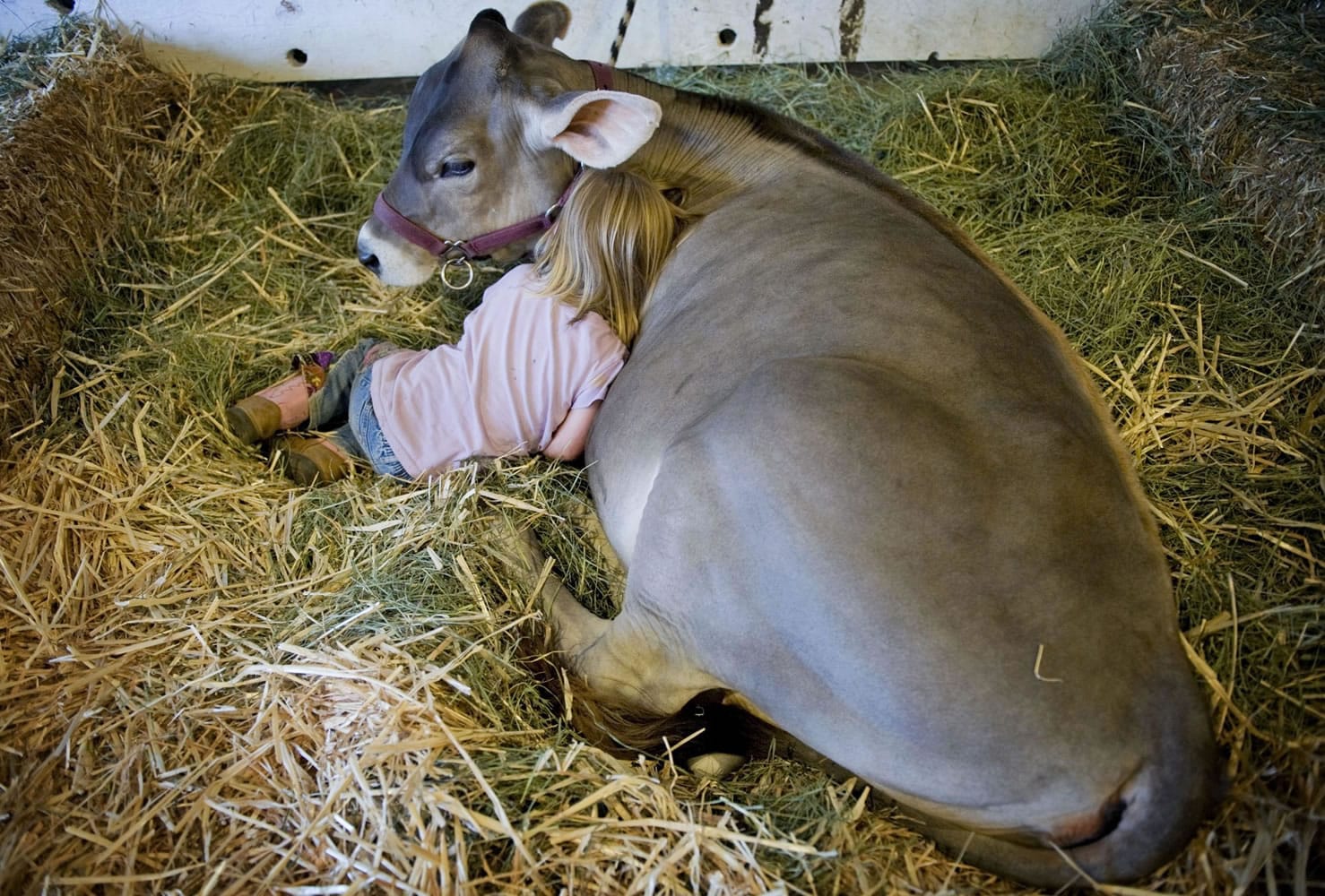July 25, 1868: "Clarke County Fair" founded to promote local agriculture and mechanical advancements. It was held on Oct. 21, 1868, in Esther Short Park.
1910: Name changed to "Harvest Show," featuring a stump-burning demonstration. Name changed again in 1914 to the "Columbia River Interstate Fair" and in 1915 to the "Clarke County Fair and Dahlia Show."
1916 to 1927: Fair canceled because B.J. Bagley bought the land for use as a dairy farm.
1925: Washington Legislature passed an act to remove the "e" from the end of Clark in Clark County. The "e" had spread from a typo on documents in the 1860s.
1928: Fair resumed and moved to Battle Ground. One highlight: a "Maggie" contest to see who could throw a rolling pin farthest.
1930 to 1940: Fair canceled in favor of other smaller regional fairs.
1941: Fair Association bought a permanent site in Battle Ground. It was held on Sept. 11-13, then promptly canceled again in 1942 because of World War II.
1946: Fair relaunched at McLoughlin Heights. About 12,000 people attended.
1947: Fair merged with the Battle Ground Community Fair.
1955: Fair moved to a 20-acre property north of Vancouver deeded by William Wineberg; first time at today's fairgrounds.
1957: Livestock Building becomes first structure on the new site.
1959: Dairy Women's booth is constructed. That year there were 200 dairy farms in the county.
1961: Attendance reaches 26,935.
1968: At the 100-year anniversary, the site bought and expanded into 23 acres of adjacent property.
1972: A chapel designed by Rev. Palmer Hanson is added. The site expanded again, leasing 80 acres through the Department of National Resources.
1973: Attendance grows to 106,000.
1977: Attendance grows to 189,140.
1982: Clark County Fair voted top fair out of all 83 fairs in Washington.
1983: A land swap between the Department of Natural Resources and the county expands the grounds by another 80 acres.
1989: Fair changes its name to the "Centennial Fair" for one year, in honor of the Washington State Centennial.
1995: Fair Board approves $61.7 million plan for fairground improvements.
2002: Construction starts on an 18,000-seat amphitheater, which was finished and opened on July 10, 2003.
2010: Attendance estimated at 260,000.
Sources: Clark County Fair History, published by Friends of the Clark County Fair in 2005; The Columbian



